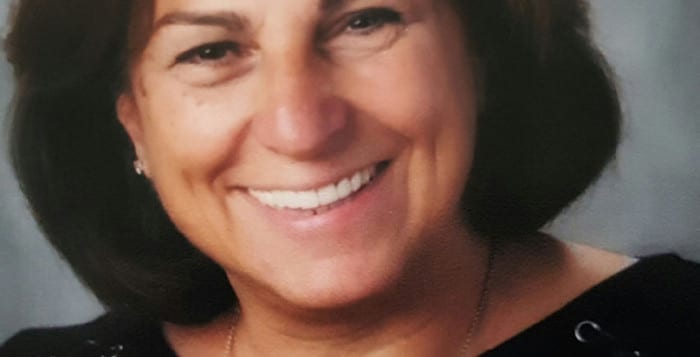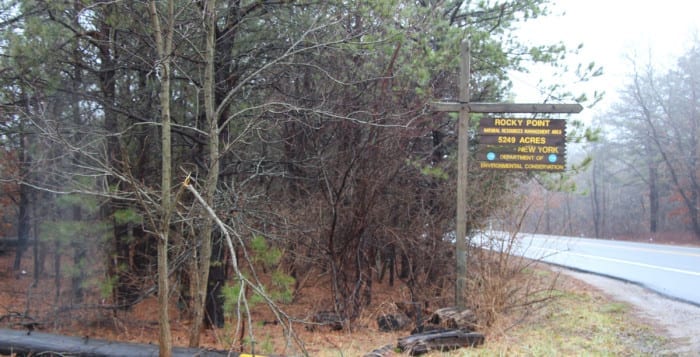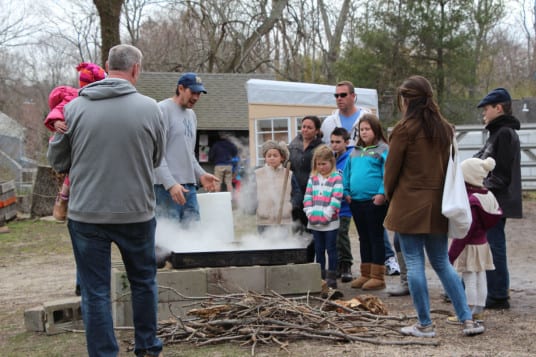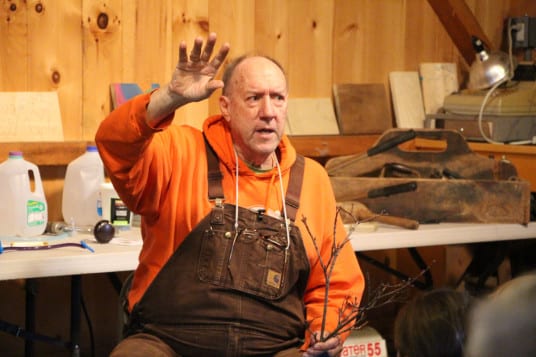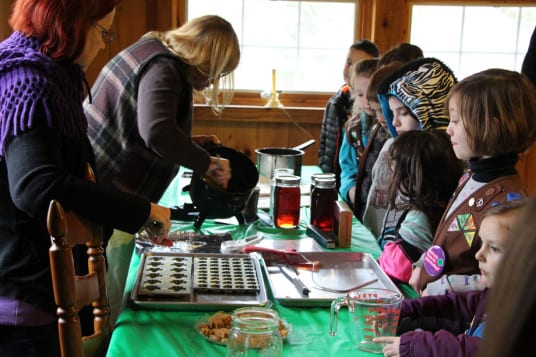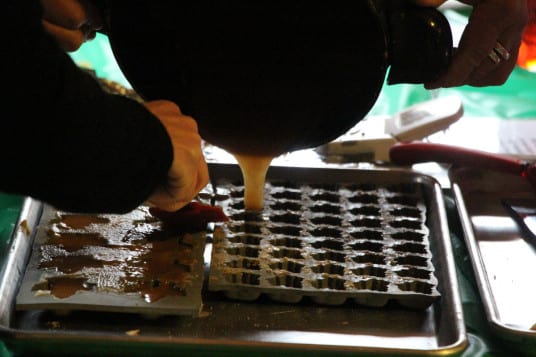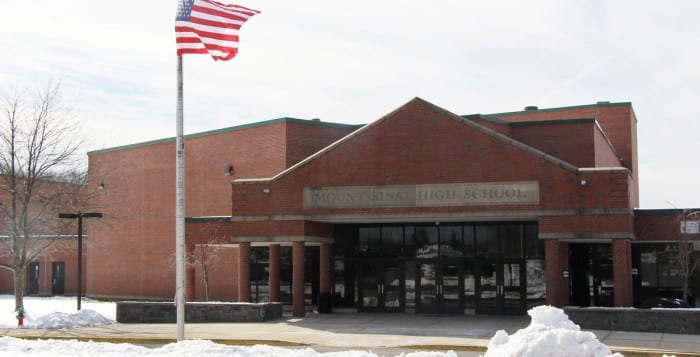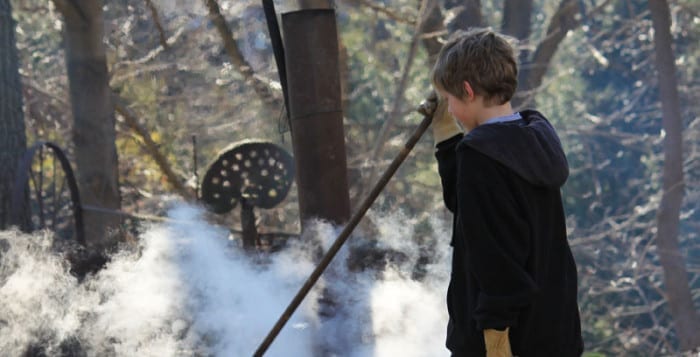Saying Louise Pizzuto was born to teach is an understatement.
Pizzuto, 62, started working as a special education teacher at Mount Sinai Middle School in September 1988. After 28 years, the mother of two is retiring to spend more time with her family. The Mount Sinai Board of Education announced Pizzuto’s retirement from her current position in the high school’s Special Education Department. Her last day is June 25.
The Smithtown resident became an integral part of the school district early on in her career.
After seeing some special needs students continuously fail and repeat classes, only to drop out of school after the government passed the No Child Left Behind Act in 2001, Pizzuto pushed for courses to accommodate her students. No Child Left Behind set higher standards that her students couldn’t reach on their own.
“They [kept] raising the bar, but my students didn’t have their academic abilities raised,” Pizzuto said. “In order to meet [the requirements] and close the gap somewhat, we had to really start putting in place some programs.”
The addition of more leveled classes or self-contained classes allowed these students to be taught and learn at their own level. More residents started moving to the school district when these programs were established. They were also incorporated into the high school after it was established in September 1991. Pizzuto was no stranger to going above and beyond for those who needed her help.
“When given students with special needs, she would give up her lunch period to audit a class so that she could learn different methodology to teach her students,” said longtime friend Gloria Musto.
Pizzuto also dedicated whatever free time she had, before, during and after school, to help her students.
Before working in Mount Sinai school district, Pizzuto worked at Concord High School in Staten Island, and stumbled into special education because there was a shortage of special needs teachers at the time. She was able to get a second masters in special education while she worked at the high school.
Pizzuto’s daughter Amanda Pizzuto-Montemarano said her mother goes above and beyond for her students, recalling a time her mother took a student to the doctor for an examination. The student was abusing drugs at the time, and was getting sick. Pizzuto paid for the visit, and helped other students similarly, while giving them the tools they needed to succeed.
Although the high school wasn’t the only educational facility she worked for prior to Mount Sinai, Pizzuto said she fell in love with the program because of the kids she helped.
While her career at Concord differed from her experience in Mount Sinai, making a difference in people’s lives is always the priority for Pizzuto. As a special needs teacher, Pizzuto put her students before the lesson, and by learning their strengths and weaknesses, provided background information on a subject to help them learn the curriculum at their grade level.
Her daughter said going into retirement is a big step.
“She is going to miss teaching terribly,” Pizzuto-Montemarano said. “But now she has grandchildren and they’re going to have the greatest teacher, like me and my brother had.”
Pizzuto’s son Paul-Eric has dyslexia, and used to sneak books home from school. She started spending hours helping her son grasp material from school. He said growing up with a mother who was not only a teacher but a special education teacher, was a gift.
Longtime friend and co-worker Michele Gaffney, of Baiting Hollow, said Pizzuto motivated her to get her masters in teaching when Pizzuto and her family moved to the Island. The two started working in the school district on the same day.
“She really optimizes what a teacher is,” Gaffney said. “She goes the extra mile. She’s just fabulous. Mount Sinai will never have another one like her.”
But Pizzuto hopes for the best.
“I told the principal when I handed them my retirement papers that I just hope that they replace me with another teacher that remembers the students before the curriculum,” Pizzuto said.

